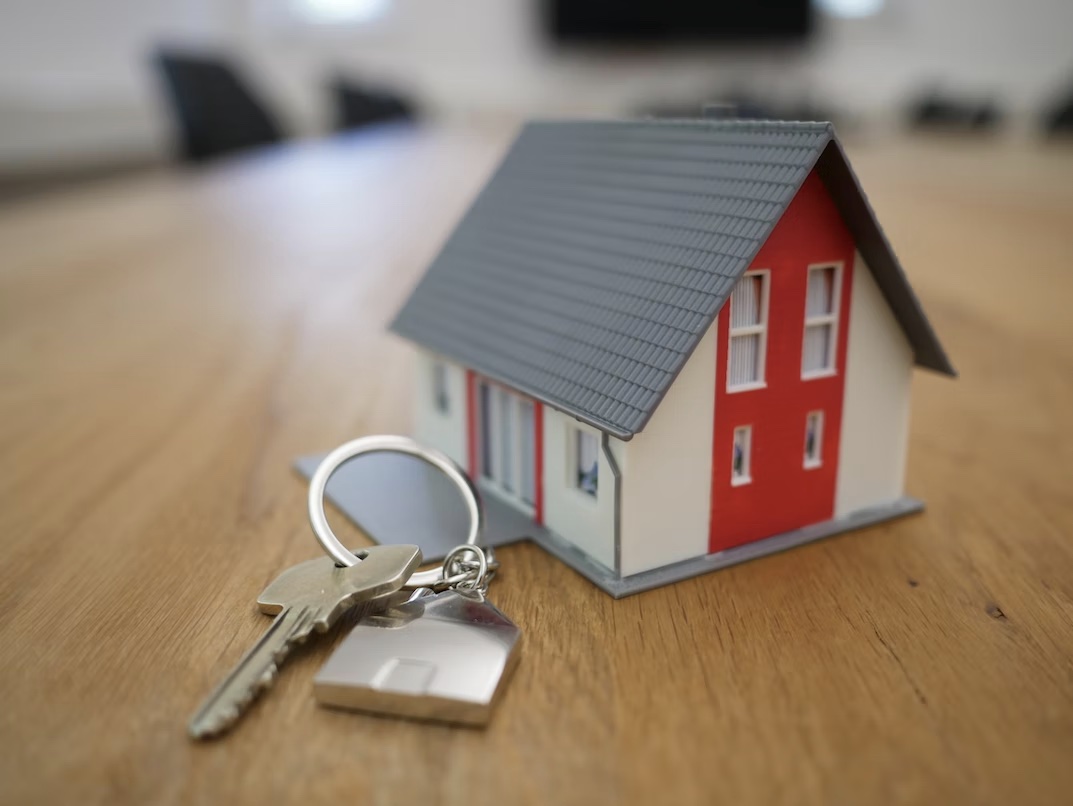
Premises liability is essentially a legal concept that holds property owners responsible for injuries that occur on their premises due to unsafe conditions. The aim is to provide a safe environment for all visitors.
Understanding premises liability is crucial for both property owners and visitors, as it outlines the legal responsibilities and potential consequences associated with injuries on someone else’s property.
Common types of premises liability claims
Premises liability encompasses a wide range of situations where an individual sustains injuries on another person’s property.
These claims commonly include:
- Slip and fall accidents
- Injuries caused by defective equipment
- Animal attacks
- Inadequate security leading to assaults
- Swimming pool accidents
Recognizing these common scenarios helps both property owners and visitors be aware of potential hazards.
Importance of understanding premises liability for property owners and visitors
For property owners, grasping the principles of premises liability is essential to fulfill their duty of care to visitors.
Awareness of potential dangers on the property allows for preventive measures, minimizing the risk of accidents.
Visitors, on the other hand, benefit from understanding their rights and the responsibilities property owners hold in maintaining a safe environment.
Duty of Care Owed by Property Owners to Visitors
According to the Nevada premises liability attorneys at PSBR, Any type of premises defects that the landowner knew or reasonably should have known about may be an element in a premises liability claim if it caused injuries to visitors.
Premises liability law categorizes visitors into three main types: invitees, licensees, and trespassers.
Understanding these distinctions is crucial as the duty of care owed by property owners varies based on the visitor’s status.
Invitees: These are individuals invited onto the property for the owner’s benefit, such as customers in a store. Property owners owe the highest duty of care to invitees, requiring them to maintain a safe environment and address any hazards promptly.
Licensees: Licensees enter the property for their own purposes, like social guests. While property owners still owe a duty to warn licensees about known hazards, the standard of care is slightly lower than that for invitees.
Trespassers: Property owners generally owe no duty of care to trespassers, except in specific circumstances. If the property owner is aware of potential harm to trespassers, especially children, they may be obligated to take reasonable steps to prevent injuries.
General duty of care owed to invitees
For invitees, property owners are expected to exercise reasonable care to maintain a safe premises. This includes regularly inspecting the property for hazards, promptly addressing any issues, and providing warnings if necessary.
Limited duty of care owed to licensees
While property owners owe a duty to warn licensees about hidden dangers, they are not obligated to actively inspect the property. Additionally, property owners must refrain from willful or wanton conduct that could harm licensees.
No duty of care owed to trespassers, except in special circumstances involving known dangerous conditions or willful harm
Property owners generally have no duty of care to trespassers, but exceptions exist. If the property owner is aware of dangerous conditions or intentionally causes harm to trespassers, they may be held liable.
Understanding these distinctions helps establish the foundation for determining when property owners may be liable for injuries on their premises.
Factors Determining Premises Liability
Foreseeability of harm
One critical factor in premises liability cases is the foreseeability of harm. Property owners may be held liable if they could reasonably anticipate that an accident or injury might occur on their premises. This involves assessing whether the owner knew or should have known about a potential hazard.
Nature of the property and its potential hazards
The nature of the property and its potential hazards play a significant role in determining liability. Certain properties, such as amusement parks or swimming pools, inherently carry higher risks. Property owners must address these risks appropriately, taking necessary precautions to prevent injuries.
Reasonableness of the property owner’s actions to prevent or warn of hazards
The reasonableness of the property owner’s actions is a key factor. Did the owner take reasonable steps to prevent accidents or adequately warn visitors of potential dangers? This assessment considers whether the owner’s response aligned with common safety standards and practices.
Plaintiff’s contributory negligence or assumption of risk
Contributory negligence or assumption of risk on the part of the injured party can impact liability. If the plaintiff’s actions contributed to the injury or if they were aware of the risks and chose to proceed, it might affect the property owner’s liability. Courts may consider the degree of responsibility each party bears.
Understanding these factors is essential for both property owners and visitors. It establishes the criteria by which the legal system evaluates whether a property owner should be held liable for injuries that occur on their premises.
Interesting Related Article: “Top 10 Sustainable Property Management Tips for New Property Owners“

